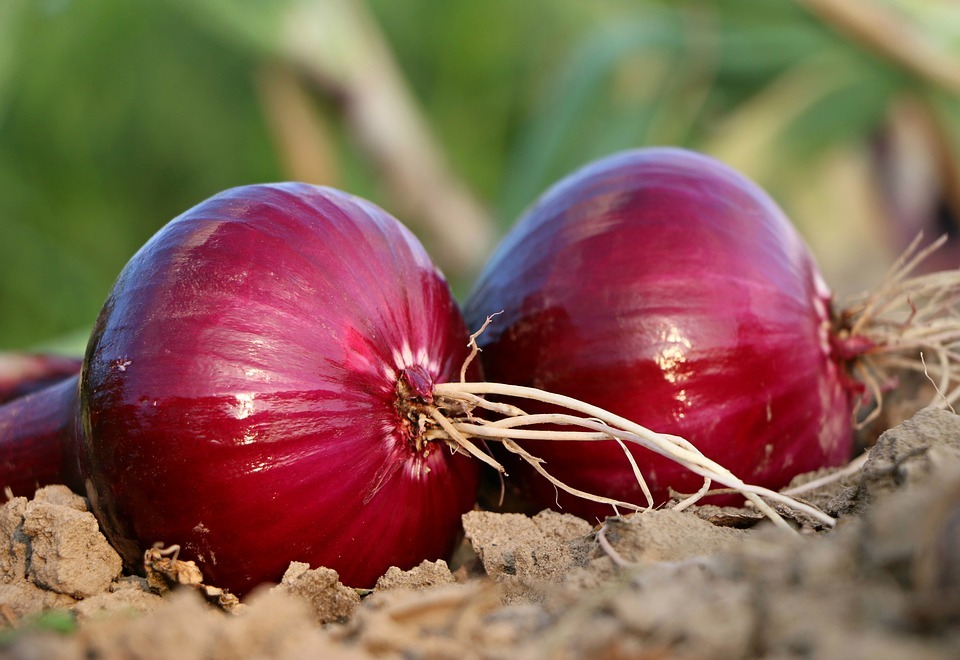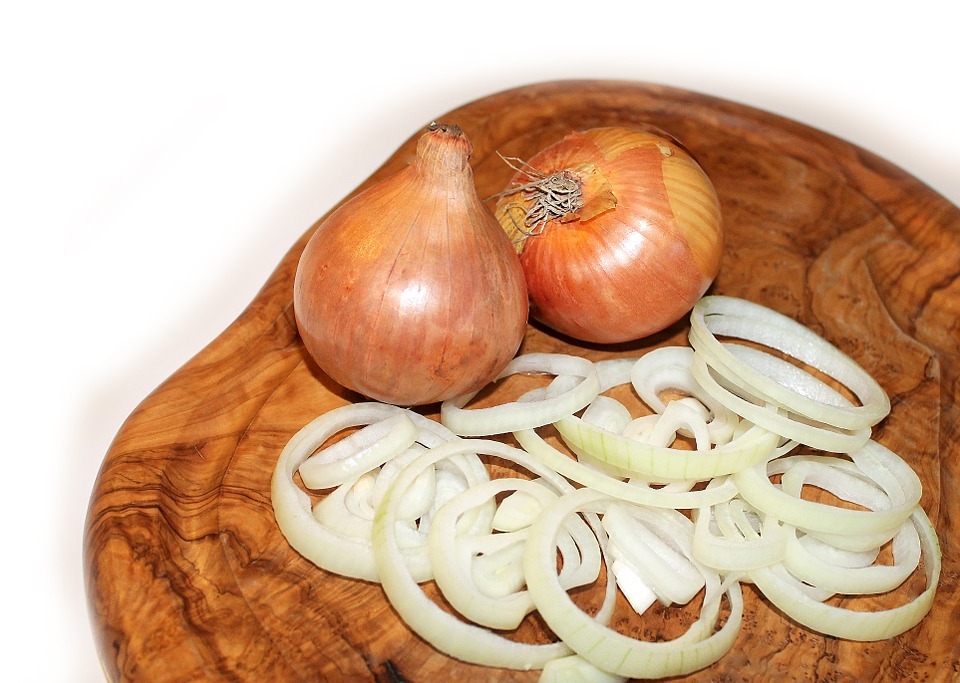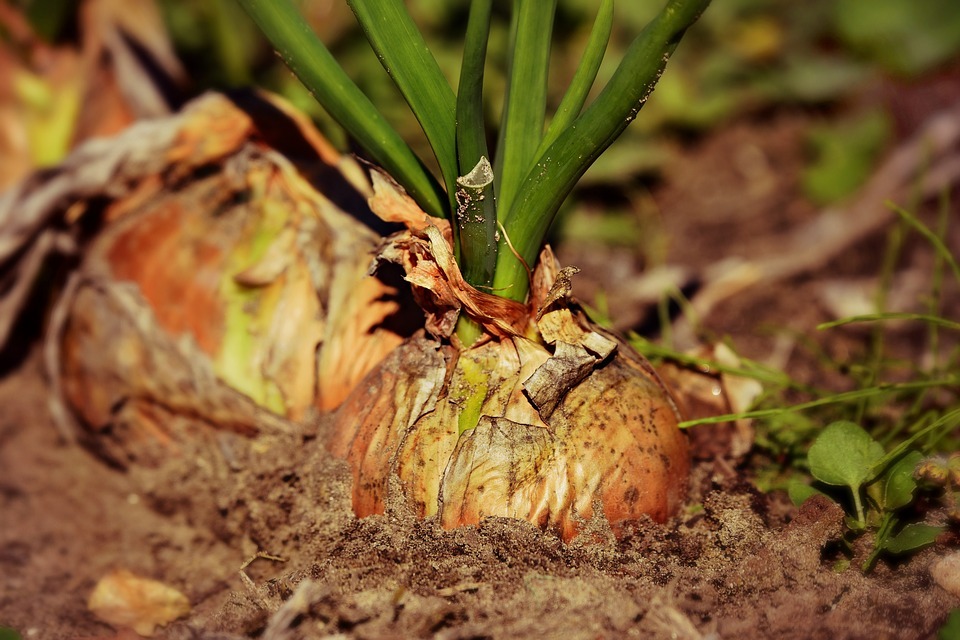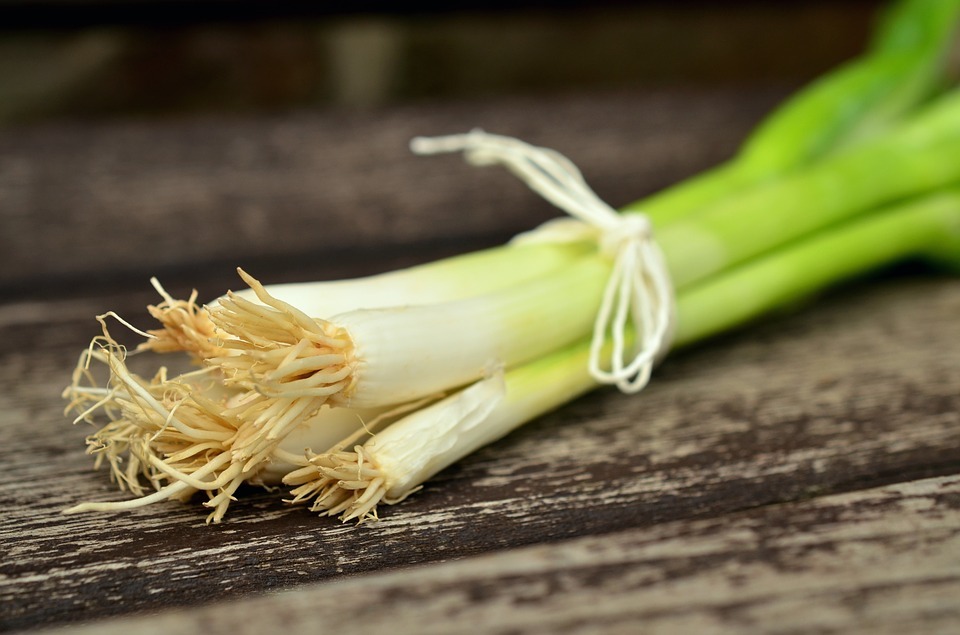Onion is the 2nd most popular vegetable in the world, next to tomatoes. The annual global onion production reaches 93.17 metric tonnes. Countries including China, India, and the US are among the top producers of onions worldwide. China produces 22.3 metric tonnes, while India reaches 19.3 metric tonnes and the US with 3.16 tonnes of onion production in a year. China is known for its excellent quality and low pricing on onions. In 2019, Asia was the top exporting region globally, with shipments valued at $1.45 billion or more than a third (36.4%) of the global total, followed by Europe, Africa, and Latin America.
ONIONS IN OUR KITCHEN
Despite its aesthetic simplicity, this humble vegetable is indispensable to our daily cooking. It’s an incredible vegetable that turns any simple pizza, burger, or salsa, salads, tacos, and shawarma into a savory and delish food! It’s truly unique because it’s a smorgasbord of flavors-sweet, spicy, pungent, and aromatic-in one. No wonder onions make food taste really good.
Onion is among the most versatile and ubiquitous ingredients in the culinary arts. Besides being a spice in sauteing meat, it can be pickled, grilled, roasted, sliced and deep-fried, etc.
Onions have several varieties, such as red, green, yellow, white, sweet, and shallots. Onion is one of the most abundant vegetables globally, which means it’s also one of the easiest to grow, even for massive productions.
BASICS FOR GROWING ONIONS
Since onion is one of the daily essentials in our kitchen, it is good that we can grow them just right in our own garden or yard, or perhaps with the use of square-foot garden or containers.
Choose Your Favorite Varieties
There are a few varieties to choose from, and just plant the ones you usually use in your cooking so that you will not be overwhelmed to decide what to plant and how many to grow.
Select According to Your Garden Zone
Know which zone you are gardening. This applies to all types of vegetables or herbs or any plants for that matter. Your garden zone will give you an idea of what vegetables will grow best and when to grow them to yield a great harvest.
Prepare the planting area
Ensure that you have good quality and slightly acidic (5.5-6.5) soil for your onions. Although they grow to any sandy and loamy soil type, you can add organic compost if your soil is heavy. This is to help retain moisture. Clean the place by removing all the weeds and rocks, breaking up the remaining clods, and raking the soil smooth.
Planting
Onions are a cool-season crop, and they can survive even with freezing temperatures. You can plant from seeds, from sets (sets), or from transplants.
Planting through seeds is cheaper, but it takes a longer time before the onions are ready. When seeding onions for bulbs, plant them during October through December with ¼ inch depth and with 1-inch spacing. When they reach about 6 inches high, thin them to one plant every 2 to 3 inches.
When using sets or transplants, plant them ¾ inch deep and 3 inches apart. Just transplant onions not more than 1 inch deep.
Watering
Water immediately after planting or transplanting onions. Keep the soil moist until seedlings come out.
Once a week watering is usually enough in the spring, but frequent watering is needed during dry, windy weather. Water slowly and deeply to make the onions grow strong and healthy.
Fertilizing
Fertilize the soil correctly by spreading 2 to 3 pounds of a fertilizer such as 10-10-10 over a 100-square-feet garden area. Measure, mix and spread the fertilizer well; then mix it with the soil’s top 3 to 4 inches.
Care during the season
Pull out some weeds when they grow in your garden because they compete with onions for nutrients. When using a hoe when weeding, do not chop too deeply as you might cut the onion roots. Pull all weeds by hand when possible.
When the onions grow 5 to 6 leaves, give some fertilizer again to help grow larger plants and bigger bulbs. Each leaf forms a ring in the bulb, which means more leaves give more rings and larger bulbs.
For every 10 feet of onion row, use about ½ cup of fertilizer and scatter it evenly between the rows. Water the onions after adding the fertilizer.
Harvesting
Usually, when growing from seeds, onions can be harvested after 4-5 months. By midsummer, you can pull out one bulb and see it has fattened up, and you will know if they are ready for harvesting.




